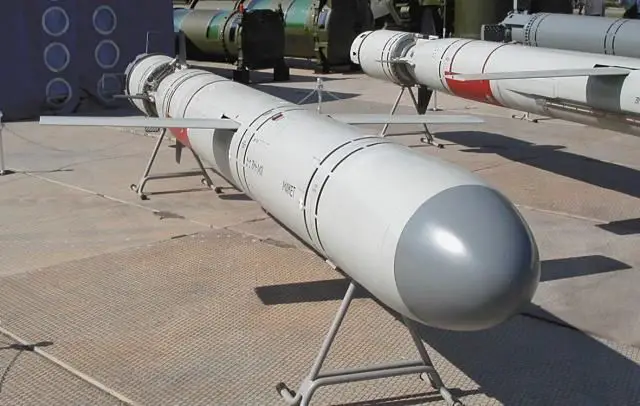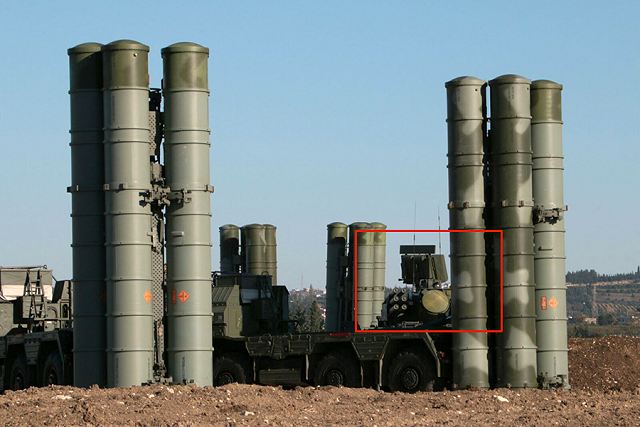- Army
- Conflicts in the world
- Israel - Iran conflict 2025
- Pakistan - India Conflict 2025
- Russia Ukraine War 2022
- Libya conflict day by day
- HAMAS - Israel War 2023
- Operation Serval in Mali French Army
- Sangaris operation Central African Republic
- Sangaris opération militaire République Centreafrique
- Ukraine - Russia conflict
- Syria conflict news
- Defence & Security Industry Technology
- Armies in the world
- Analysis Defense and Security Industry
- Conflicts in the world
- Navy
- Air
Russia to test modern military equipment and combat vehicles against Islamic State in Syria TASS 12912151
|
|
|||
|
The conflict in Syria
|
|||
|
|
|||
| Russia to test modern military equipment and combat vehicles against Islamic State in Syria. | |||
|
Russia will continue testing the latest types of weapons in its operation against the Islamic State terrorist group /IS, banned in Russia/ in Syria. Testifying to this are numerous statements made by Russia’s military and political leaders on the eve of the New Year.
|
|||
|
|
|||
 Russian Air Force Su-27M3 fighter during take-off at the Hmeymim airfield in Syria Russian Air Force Su-27M3 fighter during take-off at the Hmeymim airfield in Syria |
|||
|
|
|||
|
It can be assumed that Russia does not intend to leave Syria until the ISIS is defeated. This is all the more logical given that the Russian military has gotten a firing range for testing its new types of hardware. Moreover, Russian President Vladimir Putin has declared that the Russian Armed Forces have "extra means and, if necessary, we’ll resort to them." A similar statement was made by Victor Bondarev, the Russian Aerospace Force Commander, who said that practically all the new equipment coming to the Aerospace Force "has passed through Syria or is there and fully copes with all tactical missions we’ve set before it."
It should be noted that the Aerospace Force air group in Syria comprises the latest Su-30SM multirole fighters, Su-34 frontline bombers, Su-25SM upgraded attack aircraft, Su-24M frontline bombers fitted with SVP-24 sighting system, and Mi-24P and Mi-8AMTSh helicopters. Also involved in massive strikes against the IS facilities in Syria were long-range aviation aircraft / Tu-22M3 long-range supersonic missile carrying bombers, and Tu-95MS and Tu-160 strategic missile carriers/ supported by upgraded Su-27SM3 fighters and Il-78 aerial tankers. The list of the latest types of weapons tested for the first time in the operational environment in Syria gives every ground to speak about testing the widest possible spectrum of the newest airborne weapons. Those include airborne ammunition like KAB-500 guided aerial bombs with different types of homing heads, including satellite-guided KAB-500S, and KAB-250 and KAB-1500. Testifying to the large-scale use of airborne weapons is the fact that their manufacturer, Tactical Missile Armament Corporation, has switched to the three-shift work. In November 2015, the long-range aviation aircraft, Tu-95MS and Tu-160 strategic missile carriers, were "baptized by fire" launching airborne cruise missiles at the enemy positions. Those included both upgraded Kh-555 airborne cruise missiles and newest Kh-101s. The military did not explain why it used the latest weapons designed for suppressing the enemy air defense which ISIS does not have, but the defense industry did indisputably gain by this. For defense companies the war is a pledge of the state’s defense orders for years to come. |
|||
|
|
|||
 3M-14AE cruise missile ship-based variant shown with rocket booster. |
|||
|
|
|||
|
The Russian Navy has for the first time carried out salvo launches of Kalibr ship-based weapon system’s cruise missiles. The Caspian Sea Fleet has launched a total of 48 3M-14 ship-based cruise missiles. Notably the diesel-electric submarine Rostov-on-Don fired a salvo of four 3M-14 cruise missiles from a submerged condition.
Russian latest air defense weapons, such as S-400 Triumph anti-air missile system and Pantsir-S gun/missile air defense system used to provide flight safety of the Russian Aerospace aircraft, have been deployed for the first time. According to the media reports, the Russian Aerospace Force has deployed Krasukha-4 EW systems in Syria. Deployed at the Hmeimim base in addition to Mi-24P attack helicopters were upgraded Mi-35Ms. Besides, Mi-8AMTSh transport and assault helicopters were spotted in Syria. |
|||
|
|
|||
 S-400 and Pantsir S1 air defense systems are deployed at the Hmeymim airfield in Syria |
|||
|
|
|||
|
The Russian leaders decided not to send in a land force for fighting the Islamic State terrorist group. However, in order to protect the Hmeimim airdrome in Latakia province, the units of "the 810th independent marine brigade of the Black Sea Fleet /Sevastopol/ and the 7th airborne assault mountain division /Krasnodar Territory, stanitsa Rayevkaya/ were stationed in Latakia province. In addition, there were delivered to Homs province "six 2S19 Msta-B howitzers of the 5th howitzer artillery battery of the 120th guards artillery brigade.
Also, Russia provides aid to the Syrian armed forces. For instance, the Russian military experts participated in rebuilding the tank plant in Holms and helped to restore the operation capability of the Syrian air defense systems, including Buk-M2 anti-air missile systems. Involved in combat for the first time were T-90 tanks supplied by Russia to the Syrian government. Despite all the efforts of the Russian Aerospace Force, the fight against the IS and other terrorist groups in Syria is still far from completion. The Syrian operation will be continued in 2016. However, this will not be an extra load on the budget since the funds allocated to exercises have been partially channeled into the Syria operation. In addition, Russia’s other newest weapon types, mentioned by Vladimir Putin, may be used. It is possible, however, that if those "extra means" also fail to produce the desired effect and Bashar Assad’s army proves incapable of fighting, the issue of a ground operation - probably as part of a coalition of several states supporting Syria - will become key. |
|||
|
|
|||
|
|
|||


























